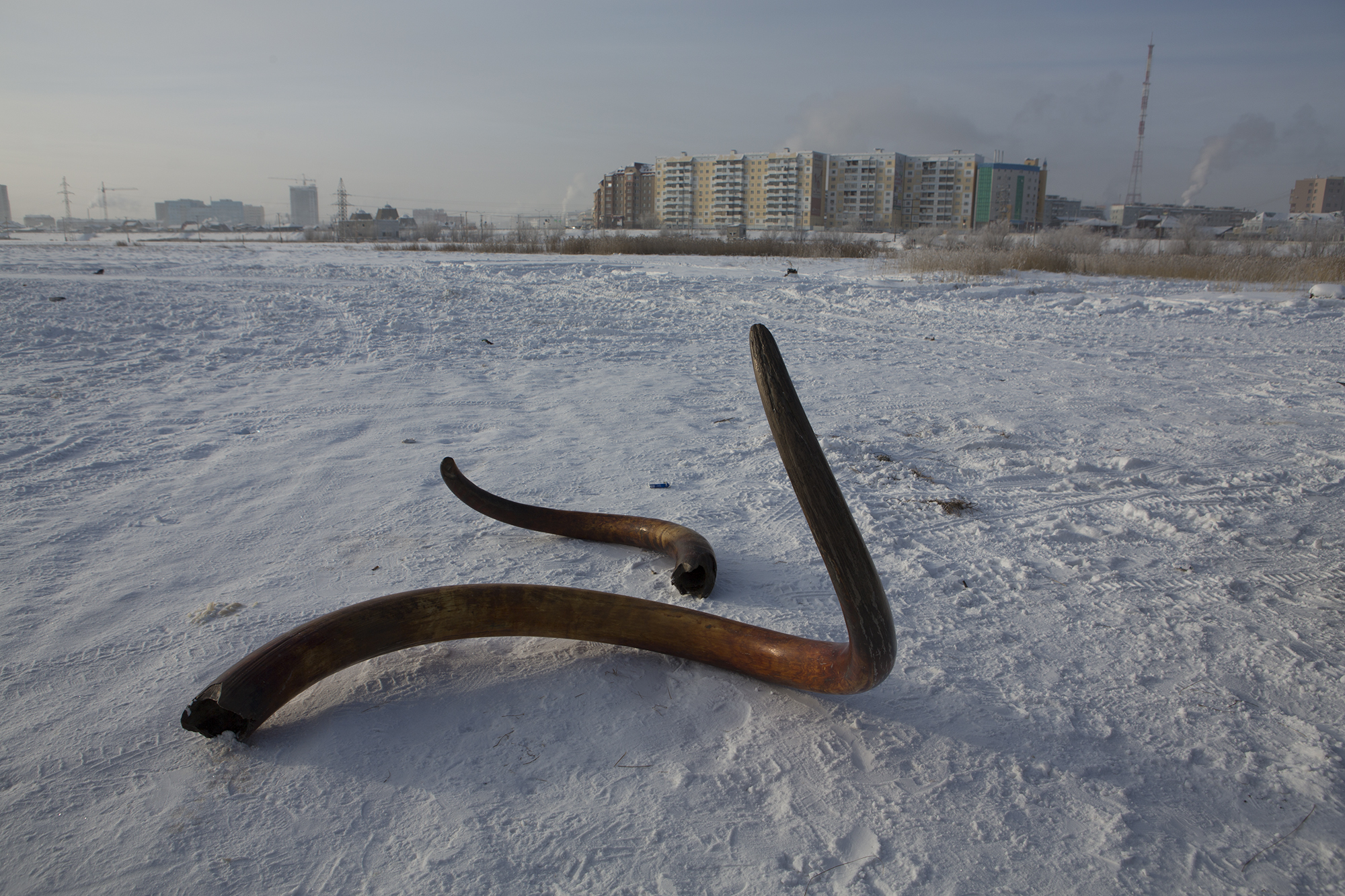The Dawn of a ‘Transgenic Wilderness’ Is Upon Us
Credit to Author: Becky Ferreira| Date: Wed, 20 Sep 2017 14:00:00 +0000
Earth is inhabited by over eight million known species, but one has a massively weighted role in determining the fates of the rest. By introducing ecological pressures like pollution, poaching, habitat loss, and global climate change, humans have contributed to species dying off at 1,000 times the natural background rate, ushering in what some call the sixth major mass extinction event in Earth’s history.
Given how deeply reliant we are on biodiversity for our survival, we may well be within the blast radius of this looming disaster ourselves. It’s a grim reality to grapple with, but many scientists think that if we engineered our way into this problem, we can engineer ourselves out of it.
“From the top of the atmosphere to the bottom of the ocean, we have influenced everything,” Jacquelyn Gill, a paleoecologist at the University of Maine, told me at the American Association for the Advancement of Science (AAAS) meeting in Boston earlier this year. “On some level, that’s terrifying, but maybe it frees us up a little to be flexible with our thinking.”

And that’s where colorful creatures like mammoth-elephant hybrids, bleach-resistant coral, and other human-designed frankenspecies get thrown into the speculative mix. This idea, sometimes called “facilitated adaptation,” posits that damage done to the planet’s wildlife can be managed, and even reversed, by manually retooling the genes of threatened species for survival. These genetically modified organisms would be tailored to optimize the health of collapsing ecosystems, merging the futuristic visions of fields like gene-editing, de-extinction, and synthetic biology to support wildlife conservation.
If this all sounds a bit too Jurassic Park or Southern Reach, that’s fair, because even the scientists behind this approach realize these options present ethical and logistical quagmires. Indeed, the extent to which humans should directly recode genes—as opposed to selectively breeding species, as we’ve been doing for millennia—has been debated since the structure of DNA was discovered decades ago.
The difference today is that technologies like CRISPR have rapidly reached maturation, meaning these once hypothetical questions must now be seriously considered. Transgenic salmon engineered to grow twice as fast as their wild counterparts went on sale for the first time in Canada this August. Disease-resistant transgenic mosquitoes have been released in Florida and elsewhere to combat the spread of infectious diseases.
These species-specific projects flirt on the fringes of human-curated ecosystems. Conservationists are understandably interested in harnessing this potential to artificially boost the genetic defenses of vulnerable populations.
The approach is focused more on experimenting with proactive adaptations mined from extinct and endangered species, as opposed to the straight-up resurrection proposed by the de-extinction community. Gill, who is an expert on Ice Age paleoecology, used the comparison of the Wooly mammoth cloning project and the idea of deploying a mammoth-elephant hybrid—”a mammoth-y elephant”—to fortify tundra ecosystems threatened by climate change.
Read More: The Mission to Clone the Woolly Mammoth
“A mammoth-y elephant serves multiple purposes,” she said. “We have elephants being slaughtered at incredibly high rates because of poaching and the ivory trade. If you can open up a habitat for them, away from poachers, then that’s a plus for elephants. If you can get mammoth-y elephants to live in the tundra and make it more resilient to climate change, then that has collateral benefits to other species.”
“Climate change, and how it intersects with other threats, is going to force us to be super creative when it comes to saving species,” she added. This idea of trying to leverage the helpfulness of large animals to help other animals is an argument I can get behind. The idea of bringing extinct species back to life just to satiate scientific curiosity, however, is a harder sell.
To some extent, the release of new animals into wild ecosystems has already been road tested by “natural” (non-GM) animals, like North American wolves or Siberian tigers, keystone predators that have been reintroduced into some of their historic ranges. Facilitated adaptation would take these successes and build on them, by unleashing greater gene diversity in threatened populations, immunizing species to certain diseases, tailoring ecosystems to survive extreme heat, drought, flooding, and other impacts of climate change, or any number of other applications.
Future wilderness regions could be packed with wild animals that have human edits etched into their genes, which is both a fantastic and frightening thought. But given how deeply we’ve already impacted global biodiversity for the worse, the least we can do is consider reshaping it for the best.
Dear Future is a partnership with CNET that will explore the people, companies, and communities that are ushering in the future we were all promised. Follow along here.